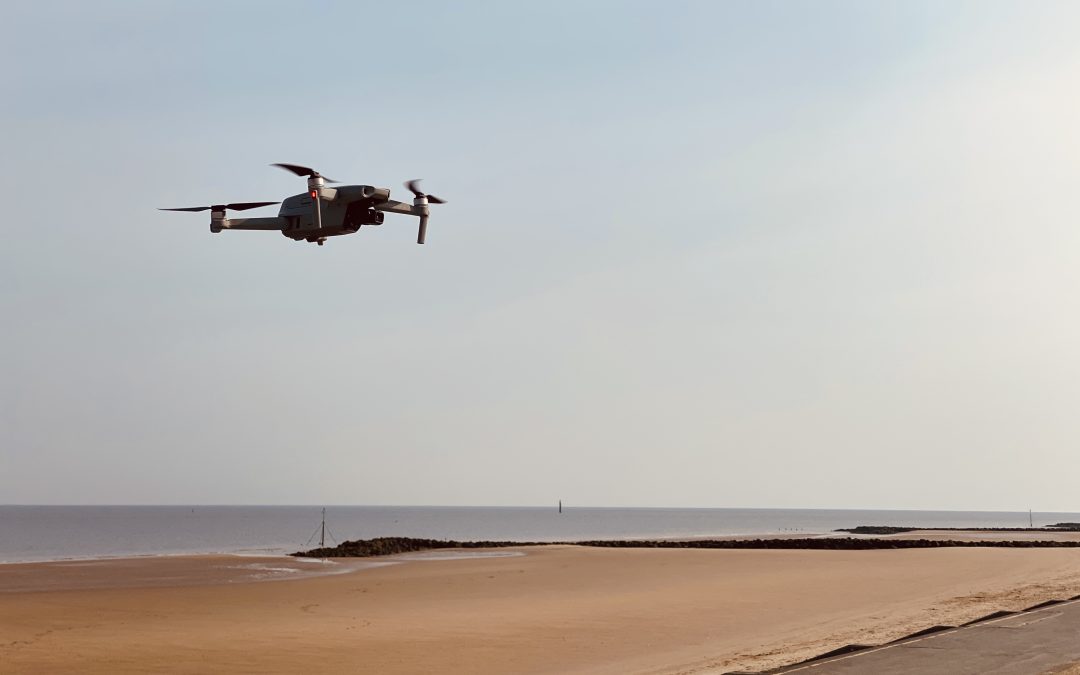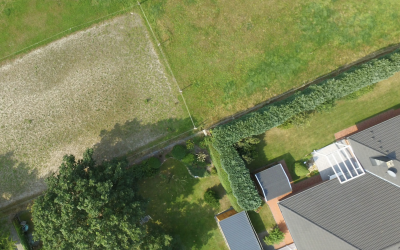Property boundaries have long been a source of contention among neighbours, often leading to strained relationships, costly legal battles, and unresolved disagreements. Traditional methods of boundary determination, relying on outdated maps, land surveys, and witness testimonies, have often proved inadequate in resolving these disputes, leaving property owners frustrated and embroiled in protracted conflicts.
However, the advent of aerial photography has revolutionised the way boundary disputes are resolved, offering a neutral and objective tool that can provide clarity and facilitate amicable settlements. By capturing high-resolution images of properties and their surroundings from an elevated vantage point, aerial photography provides a comprehensive overview of the disputed land, revealing details that may be overlooked in traditional ground-based surveys.
Unveiling Hidden Boundaries and Disentangling Disputes
Aerial photographs offer a unique perspective that can unveil hidden boundaries, such as natural landmarks, man-made structures, or subtle changes in vegetation patterns, which may not be readily apparent from ground level. These visual cues can provide crucial evidence in determining the precise location of property lines, particularly in areas where boundaries have become obscured over time due to erosion, vegetation growth, or human intervention.
Moreover, aerial photographs can provide a historical record of land use and development, allowing for the analysis of changes in boundary markings over time. This historical context can be invaluable in resolving disputes that involve conflicting claims based on past land ownership or usage patterns.
Promoting Amicable Settlements through Neutral Evidence
Aerial photography, unlike witness testimonies or land surveys conducted by parties involved in the dispute, stands as an impartial and objective source of evidence. By providing a neutral visual representation of the disputed land, aerial photographs can help to de-escalate tensions and create a more conducive environment for negotiations and mediations.
When presented with clear and unbiased evidence, property owners are more likely to be open to compromise and seek mutually agreeable solutions. Aerial photography can serve as a common ground upon which parties can build consensus, reducing the likelihood of costly and protracted legal battles.
Streamlining the Boundary Determination Process
Traditional methods of boundary determination, often involving time-consuming surveys and the interpretation of ambiguous land title documents, can be costly and prone to errors. Aerial photography, on the other hand, can significantly streamline this process by providing a comprehensive and accurate representation of the disputed land.
By utilising aerial imagery, surveyors can quickly identify key boundary markers and features, reducing the need for extensive field work. Additionally, aerial photographs can be digitally overlaid with land title documents, providing a clear visual representation of the legal boundaries in relation to the physical landscape.
A Game-Changer for Boundary Dispute Resolution
Aerial photography has emerged as a game-changer in the realm of boundary dispute resolution, offering a neutral, objective, and time-efficient tool for determining property lines and facilitating amicable settlements. By providing a comprehensive overview of the disputed land and its historical context, aerial photographs can help to de-escalate tensions, promote compromise, and streamline the boundary determination process. As aerial technology continues to advance, its role in resolving boundary disputes is only expected to grow, paving the way for more harmonious and cost-effective solutions.
Recent News & Articles
How Much Can Boundary Disputes Cost?
A boundary dispute is a disagreement between property owners or occupiers about the location of the boundary that separates their properties. Boundary disputes can arise for a number of reasons, including: Changes in property ownership: When a property is sold, the...
The Future of Boundary Dispute Resolution: Aerial Photography Leads the Way
For centuries, boundary disputes have been a persistent source of contention among property owners, often leading to strained relationships, costly legal battles, and unresolved disagreements. However, the rapid advancements in aerial photography technology are...
From Conflict to Conciliation: Aerial Photography Resolves Boundary Disputes in the UK
Boundary disputes, a persistent source of contention among property owners, have long plagued the UK landscape, leading to strained relationships, costly legal battles, and unresolved disagreements. With an estimated 6 million boundary disputes arising each year, the...




